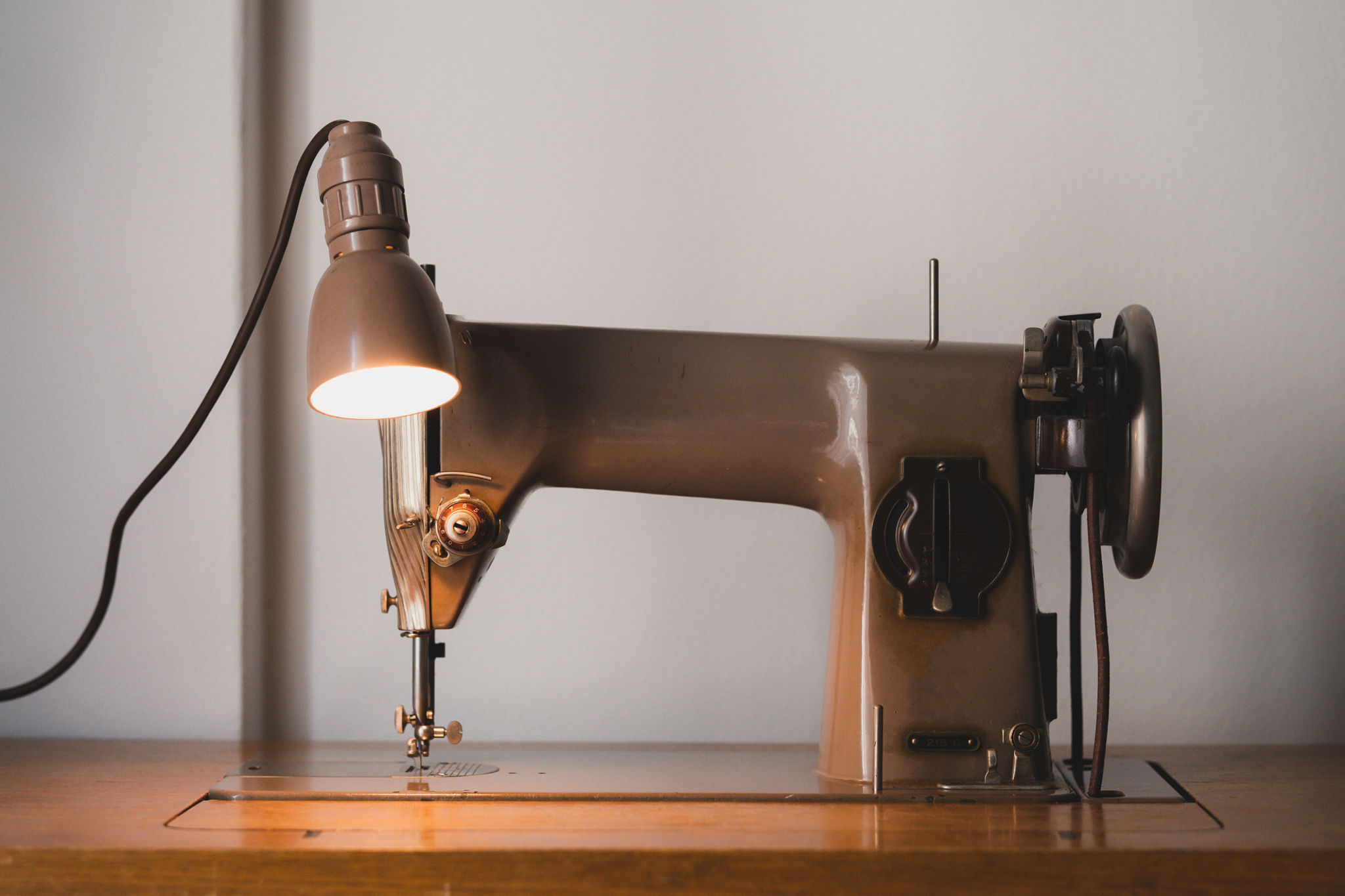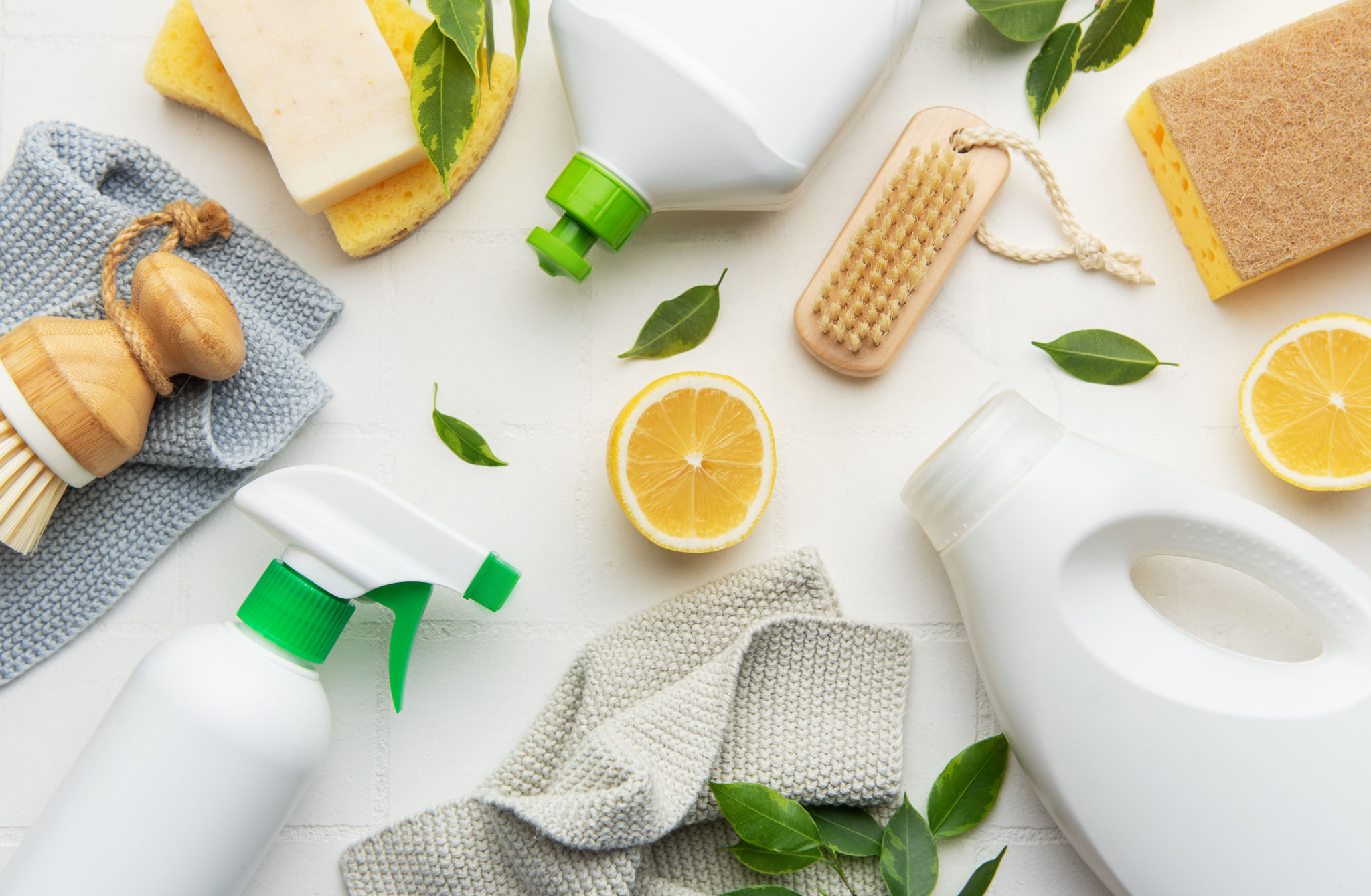Case Study: Transforming Vintage Sewing Machines with Eco-Friendly Practices
Introduction to Vintage Sewing Machines
In recent years, there has been a resurgence in the popularity of vintage sewing machines. These machines, often built with meticulous craftsmanship, are prized for their durability and timeless appeal. However, many enthusiasts are now looking to incorporate eco-friendly practices into the restoration and maintenance of these beloved machines.

The Appeal of Vintage Sewing Machines
Vintage sewing machines offer a unique blend of nostalgia and functionality. They are often passed down through generations, carrying sentimental value and a history of creativity. Unlike their modern counterparts, these machines were designed to last, with metal components and intricate details.
For many, restoring a vintage sewing machine is a way to connect with the past while embracing the art of sewing. The process often involves careful cleaning, lubrication, and sometimes replacement of worn-out parts. However, traditional restoration methods can be harsh on the environment, prompting a shift toward more sustainable approaches.
Eco-Friendly Restoration Practices
One of the key aspects of eco-friendly restoration is the use of natural cleaning agents. Instead of harsh chemicals, enthusiasts are turning to substances like vinegar, baking soda, and lemon juice. These natural alternatives are not only effective but also safer for both the environment and the user.

Another important practice is the recycling and repurposing of old machine parts. Many vintage sewing machine enthusiasts participate in online communities where they exchange parts and share tips. This not only reduces waste but also fosters a sense of community among those passionate about these machines.
Benefits of Sustainable Practices
By adopting eco-friendly practices, individuals are contributing to a more sustainable world. These efforts help reduce the carbon footprint associated with manufacturing new machines and disposing of old ones. Additionally, they promote the idea of conscious consumption, encouraging people to value quality and longevity over convenience.

Moreover, the use of eco-friendly practices in restoring vintage sewing machines can lead to cost savings. Natural cleaning agents and recycled parts are often more affordable than their commercial counterparts, making the restoration process more accessible to a wider audience.
Conclusion
The transformation of vintage sewing machines with eco-friendly practices is more than a trend; it is a movement toward sustainability and mindful living. By incorporating these practices, enthusiasts are not only preserving the legacy of these remarkable machines but also paving the way for a greener future.
As more people become aware of the impact of their choices, the popularity of eco-friendly restoration is likely to grow, inspiring others to make conscious decisions in their hobbies and everyday lives.